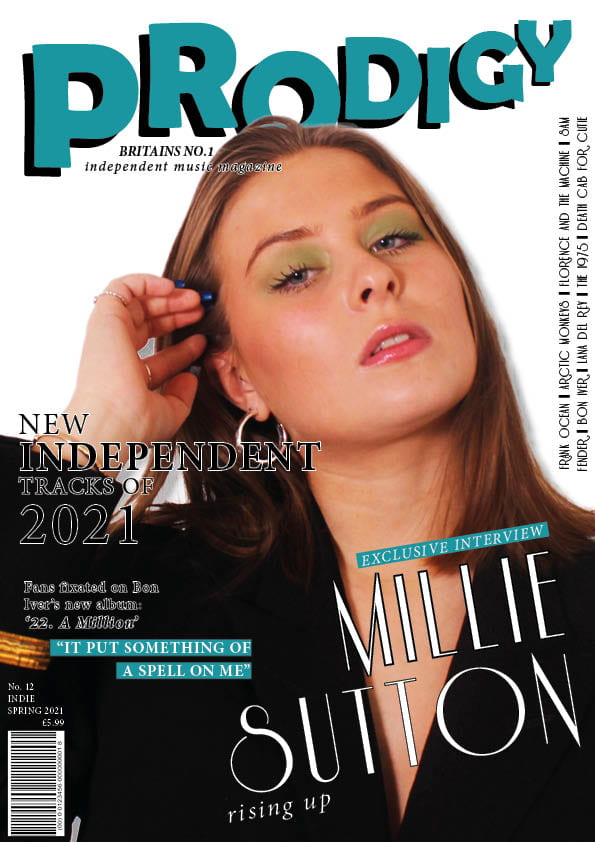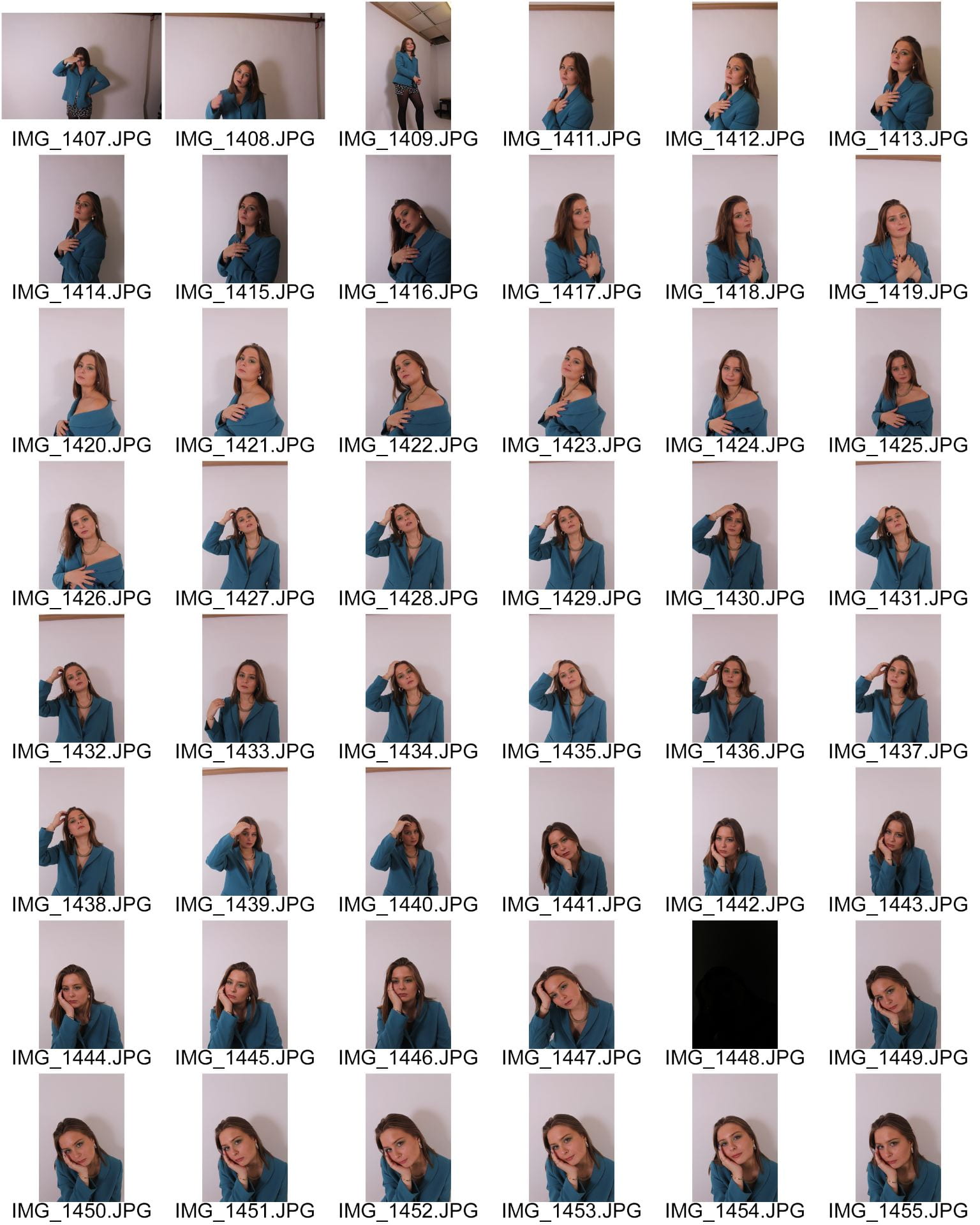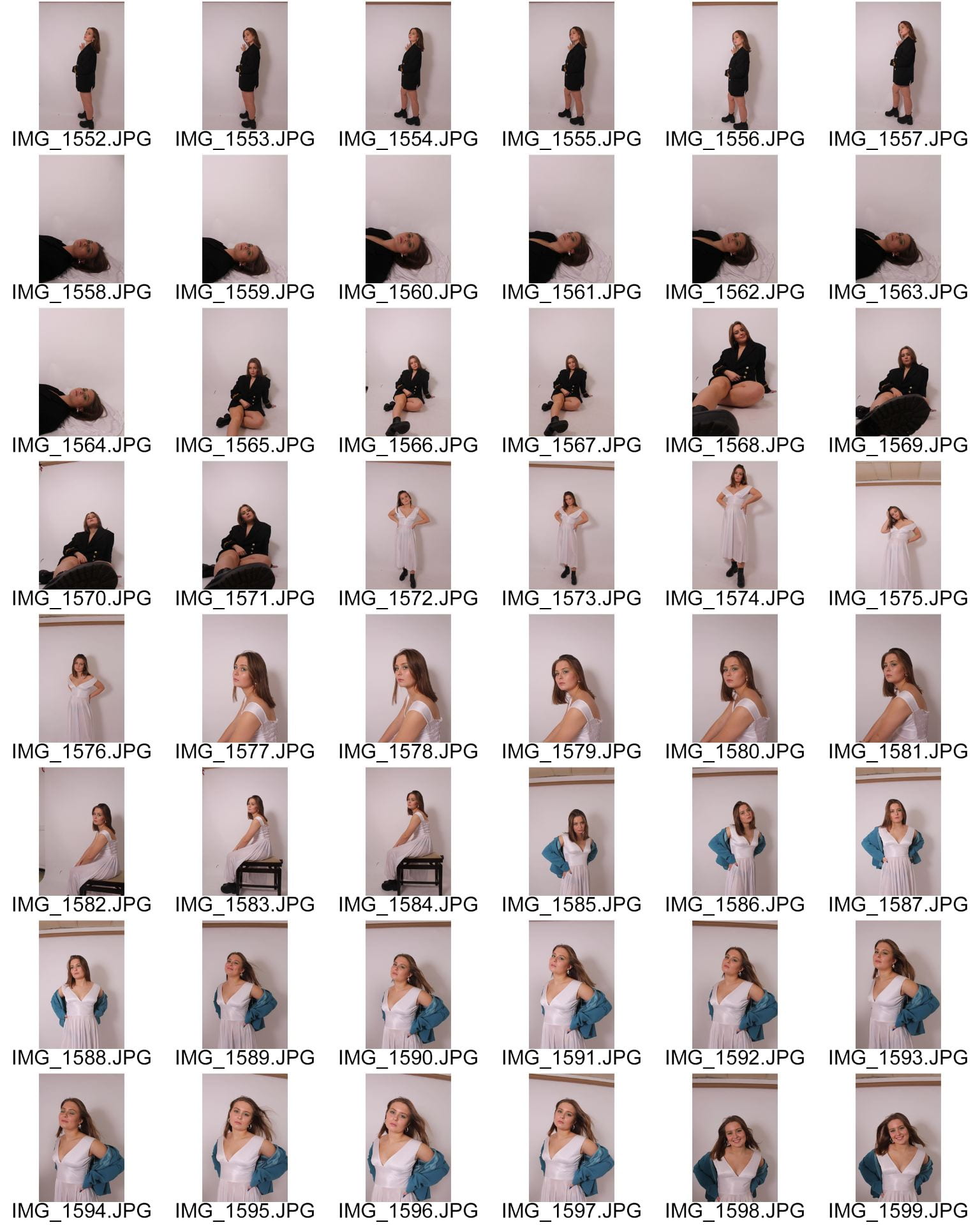
Click here to view full article
For my language analysis of a double page spread, I decided to explore the Billboard (June 2015) article ‘Adam Lambert: Don’t Look Back’ by Shirley Halperin. In this article she interviews the singer, songwriter, and actor Adam Lambert. She writes the article about the star trying to find himself and his comfort zone in the music industry.
It is not clear where the journalist wrote it but describes the star as; “Sauntering through a penthouse at the Hollywood landmark Chateau Marmont”. The way that she expresses him as being in a ‘penthouse’ in ‘Hollywood’ clearly highlights the wealth of the Lambert. The article states that it was officially written in 2015 however the contents of the writing refers back to 2012. I believe this article was written for numerous reasons: to teach everyone to be comfortable and confident with who you are, to challenge peoples perceptions, life is about being the best version of yourself and to be excited for the future – what’s the point in being hung up on the past? The journalist engages the reader by referring to other well known artists of that specific genre, allowing the audience to see a wider range of music artists from the genre that they are attracted to. The editor has put these in bold so that it is clearer for the reader.
The journalist has made it clear that this article is an interview as it includes many quotations from the star, and he expresses things that he probably wouldn’t say if he wasn’t asked about them. It has a simple layout (3 columns of text), and the whole article is over a double page spread with one large main image taking up one side – with a small introduction wrapped around the body. There is a smaller image on the main article page with block text wrapped around it. At the bottom of the article there is an additional write-up on Marc Anthony which includes a couple insets.
As a reader I am not that aware of the journalists presence even though it has been written in 3rd person. However, due to the fact that there are also quotes from other stars that are referring to him – “His path has had its bumps and ups and downs” admits Warner CEO Cameron Strang” – it can imply that they have interviewed more than one person – therefore must be a journalist of some sort. These quotations allow the reader to feel as if they know the star on a more personal level. The subheading ‘From Idol to Queen to label-less free agent to EDM’ helps to give a clear introduction to the article and allows the main body of the text to follow on from it fluently. There is also a clear conclusion that summarises what was said in the write-up using of quotes from the star. It also ends with a powerful statement from the star – highlighting that it was all about him and ultimately leaves an impact on the reader.
There are multiple types of words and techniques used throughout the article, including the rule of three. An example of this is, “throwback club-kid platform boots”. This helps to portray his style and connotes a sense of confidence and dominance in the music industry. It could also be attempting to teach the reader that confidence allows you to be happy with who you are. In addition to the rule of three that is used, the journalist has also used similes and metaphors to help create an image of the star. The metaphor “towers over a cadre of assistants” connotes the star as powerful, superior and the main focus for the audience. Quotes from the Lambert himself are used consistently throughout the article and they are used to join together the text and make it flow with much more ease. For example, “A lot of us go through life trying to recreate something that has already happened, and that causes us to run around in circles chasing our tail,” Lambert says softly. “That’s not what life is about”. These quotes were used not only to lead the article onto the next topic, but to also inspire the readers to have a different perspective on how they treat their life. The reader will experience numerous things as a result of reading the article such as:
- Getting to know the star to a ‘personal’ level – now have a better understanding of his life and the struggles that he had to endure to get to where he is now
- Allows readers to be more comfortable with themselves – know they are not alone – even famous people have troubles with ‘ordinary people’ problem
- Teaches the reader to be more aware of other peoples situations
- Become more informed of what other music artists are associated with him – widening the audience profile for this genre
Through the journalists writing, they represent the star as a down to earth, ordinary person, just like any other. He is not portrayed as extraordinary as the aim of this article was to uncover the underlay of his main star image to make the reader become more attached and feel as if they know him more than just what the media communicates him as.


















